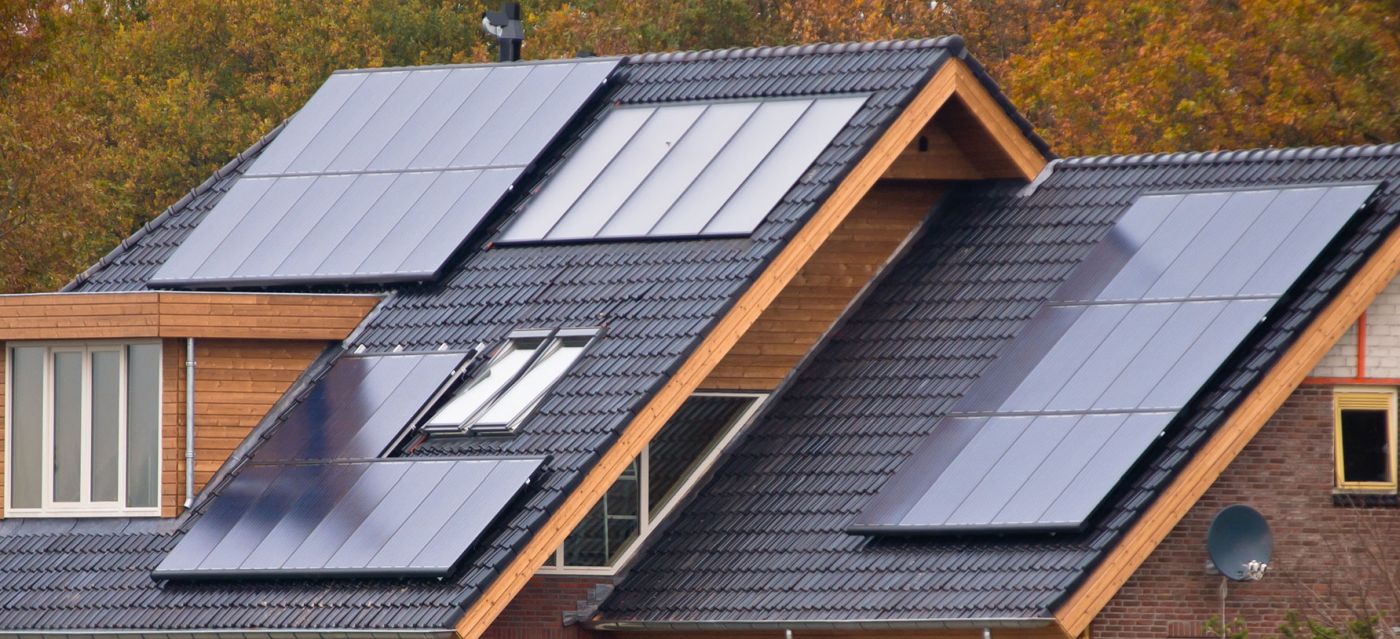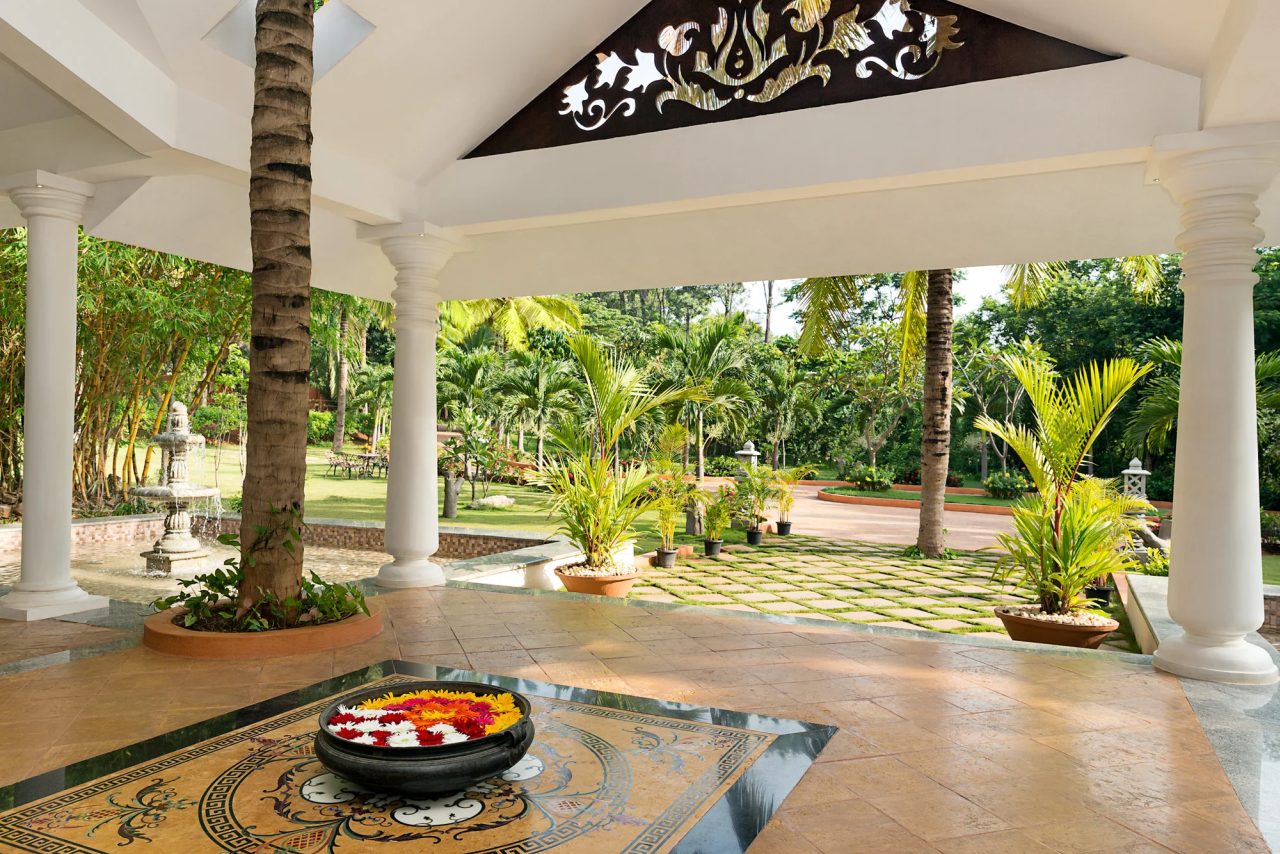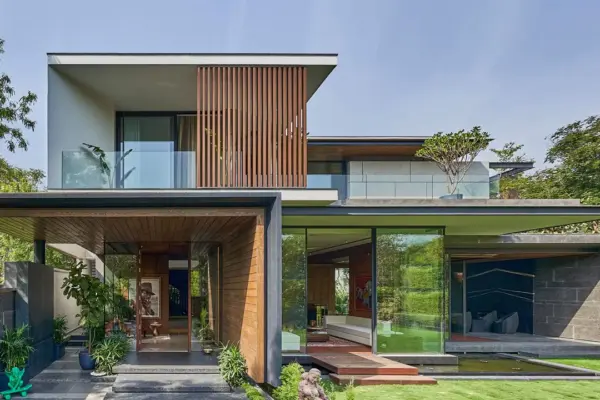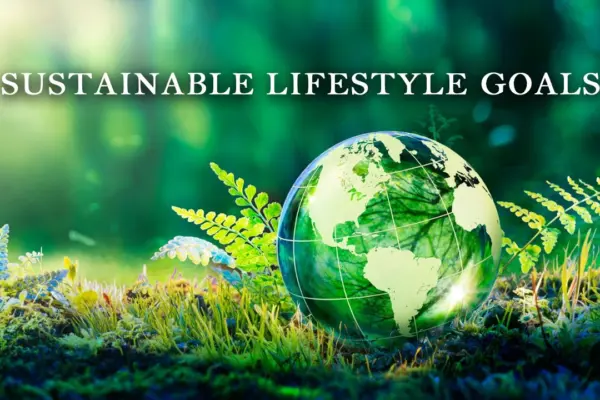3 Key Benefits of Implementing Passive Design Principles in Buildings
An excellent way to fuse technology and architecture for energy-efficient, comfortable buildings
When planning a building’s construction or renovation, the design can significantly affect its energy efficiency and overall comfort. Part of green architecture, passive design can give you a luxurious space while providing buildings that are good for the planet and your wallet with numerous benefits.
What is Passive Design?
Passive design improves the comfort of and minimizes energy use of your home. It uses nature and resource conservation to create better homes for owners and the world. You can do more with passive design principles in a new building but implement them in previously established structures via retrofits as well.
Houses use more energy than you might realize. Poor window and door seals can force your heating, ventilation, and air conditioning (HVAC) system to work harder. Today, artificial light is often the solution for working, reading, cooking, and other tasks. Excess humidity and moisture can further decrease energy efficiency.
The concept of passive buildings isn’t new. Builders created the first identified passive home in 1990 in Germany. For centuries, the ideas for more efficient and comfortable living existed. Before the 1990s, passive design could meet without creature comforts. Technological advances take those goals and create modern passive structures.
Current international passive housing standards say a building must have at most 15kWh of annual space heating and around the same amount of space cooling. For every 50 Pascals of pressure, it should have at least 0.6 air changes. The building should also have a primary energy demand of less than 120kWh per square meter per year and less than 0 hours of internal temperatures higher than 77° Fahrenheit, annually.
Also Read: Climate-Responsive Architecture – Meaning, Significance and Examples
How it Works
There are a few areas to consider when designing a passive building.
Solar
Passive solar uses the design process to its full advantage. Homes and businesses can collect thermal mass through south-facing windows. As the sun shines through them, passive systems collect and retain heat for future energy use. Climate and window glazing can impact the amount of thermal mass collected. The building’s passive solar fraction is the home’s heating needs that the process meets.
While active solar systems use photovoltaic panels to create energy, their production has disadvantages. Passive solar homes have the advantage of prioritizing natural light and providing insulation without panels.

Image: Ecohome
Ventilation
Placing vents in exterior walls or windows allows controlled outdoor air to enter a building. Airflow and the temperature differences between indoors and outdoors allow fresh air to circulate through the structure. It also forces polluted and humid air into thermal chimneys, pushing it outside.
The vents in a passive ventilation system have features like precision dampers that regulate airflow. They also come with screens to physically eliminate dust and bugs. Some can minimize outdoor noise, letting the air in while keeping peace.
Water
Passive water use involves conserving as much of the resource as possible. Some homes recycle rainwater using gradual exterior declines and containers. Rainwater harvesting can go towards groundwater recharge and landscaping. Gray water recycling systems can supply toilets and irrigation, lessening the building’s admissions.
You can also utilize other technology in passive water systems. Smart sensors can prevent leaks or accidental drips that can waste water. Sensors on taps automatically turn the water on and off based on motion, not pressure, which can ensure it stays off. You can install a system that automatically shuts off your system if it detects a leak, saving you water and money.
Also Read: Creating Sustainable Commercial Buildings is Essential to Our Health
Benefits of Passive Design in Buildings
There are many advantages to passive building design. Here are three key benefits of passive design in buildings to consider.
1. It’s More Comfortable
Comfort is a priority in passive design. With proper insulation, you can keep the home at your preferred temperature. Thanks to its airtight design, you don’t have to worry about constantly adjusting your thermostat. Many passive homes contain thermal bridge-free design as part of their construction, ensuring an even distribution of insulation throughout.
The natural light brought in through passive solar also has its advantages. Research shows that more natural light exposure can boost your mood and help you relax. Indoor sunlight is often easier on the eyes than artificial alternatives.
2. It Saves Money
With as much energy as passive buildings save, you’ll also save on your bills. Building a passive home is around the same as making a non-passive home. The immediate savings on water, electricity, and ventilation offset the cost you spend on higher-quality materials. As a passive building owner, you could save as much as 90% on energy costs.
Many countries have environmental regulations and goals that passive structures benefit from and offer incentives to the people who create them. You can use grants and tax breaks to lessen your building cost significantly.
3. It Reduces Your Carbon Footprint
When energy gets produced, it releases carbon emissions into the atmosphere, primarily contributing to climate change. The impact contributes to worsening weather events, food and water shortages, and habitat loss. Reducing your carbon footprint is vital to protect the environment for future generations. Passive design is an excellent way to do it.
According to the International Passive House Association, passive homes only use around 10% of a typical home’s energy. Using energy from the sun, natural ventilation, recycling, and conserving water, you’ll barely use electricity or gas, slicing your carbon footprint.

Image: Sumeru
Limitations of Passive Design
Since passive design relies on nature, the surrounding environment will impact the benefits you receive. While you can collect solar energy with overcast skies, you won’t utilize as much passive solar if you don’t get a lot of sunshine. Rain can also influence the type of water systems you use. For ventilation in a cold or warm climate, passive systems can get complex with inefficient heating and cooling methods necessary.
Another thing to consider is the price. While you can often recoup the cost, you still need to pay upfront for systems that can add thousands of dollars more than the initial build cost. If you’re purchasing an existing property, the renovation may not seem worth it, especially early on.
Building a Passive Building
If you want a passive property but aren’t sure where to start, it’s best to find a certified builder. The certification ensures that they know how to meet current passive housing standards. A designer with experience in passive construction can work with you on taking full advantage of your home or business location.
During a renovation or retrofit, you can make changes to make a passive structure. Double or triple-paned windows, adding insulation, installing water sensors, and investing in solar modifications can improve your comfort and energy use.
Passive design is an excellent way to use technology and architecture to create energy-efficient and comfortable buildings. By using natural ventilation methods, solar energy, and technological features, you can make the build of your dreams while benefiting the planet.


